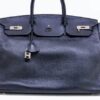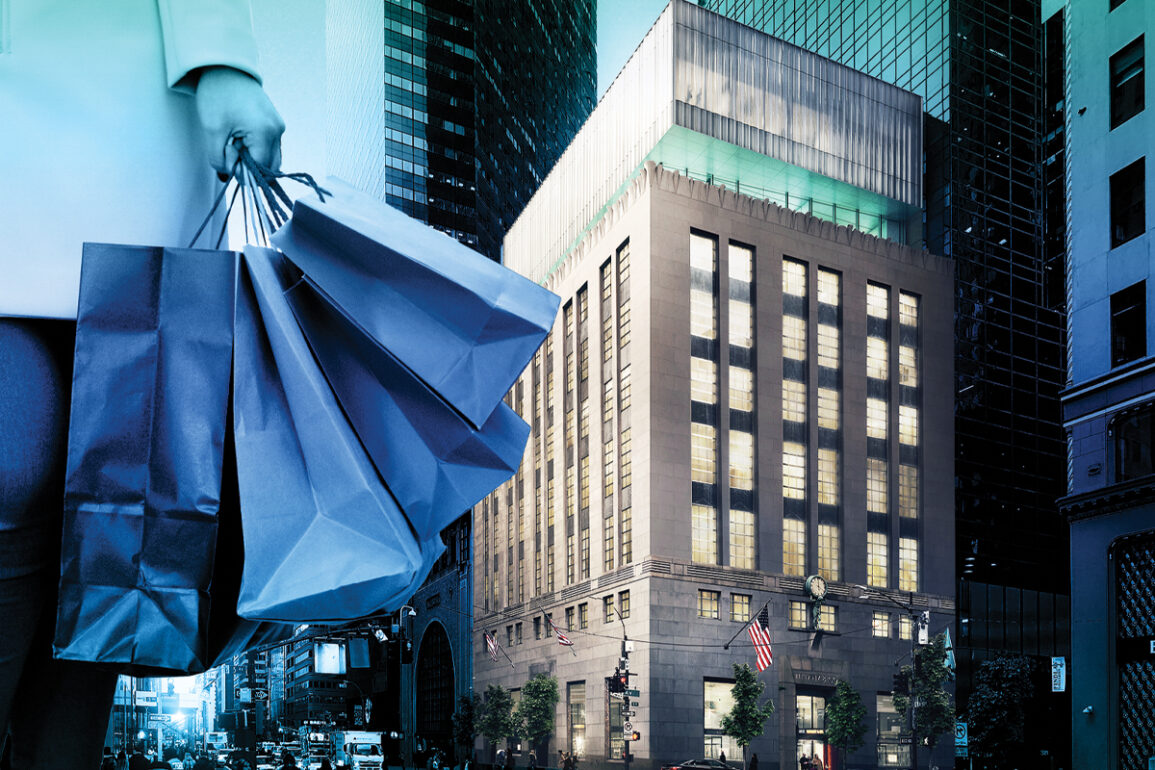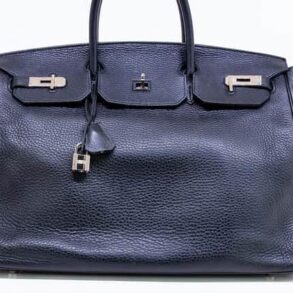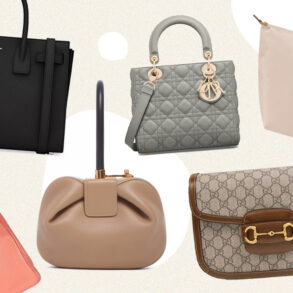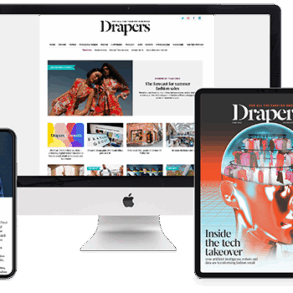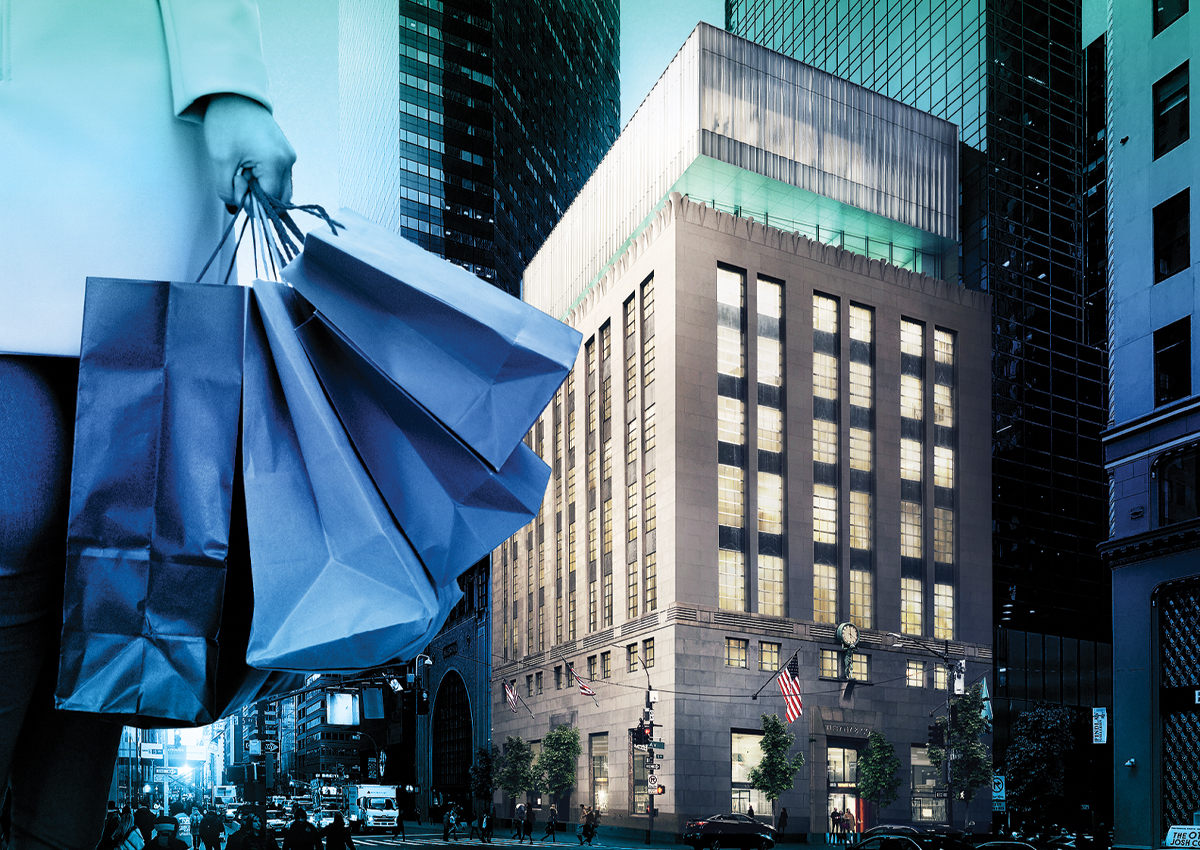
The spending spree reads like the ultimate shopping trip for the 1 percent of the 1 percent: $250 million at Rolex, the same at Tiffany & Company and $50 million at Cartier, capped by a relatively restrained $12 million at Chanel.
The buying binge doesn’t include jewelry or handbags, though. The dollar figures are investments top brands have made since 2020 on New York City’s Fifth Avenue, as the world’s shopping street undergoes a spate of big retail renovations, store openings and real estate deals. Retail, especially the luxury sector, hasn’t just recovered from the pandemic and the threat from e-commerce but is embarking on one of its most elaborate and expensive expansion sprees in recent memory, relief for real estate players who had braced themselves for its decline.
“I’ve never seen vacancies so low on Fifth Avenue,” said Robert Siegel, CEO of Metropole Realty Advisors, a development, brokerage and construction firm that owns property on Fifth Avenue.
A survey of the transformation at hand on Manhattan’s most famous retail corridor: Rolex is building its largest store ever, which will serve in part as a museum of its timepieces, as part of a complete reworking of its headquarters property at 655 Fifth Avenue; Chanel, which has a long-time presence on East 57th Street between Fifth and Madison, has also leased its first space on Fifth itself; on the same block, Louis Vuitton is knocking two buildings to the ground to create a single elaborate one for its flagship store and headquarters.
Siegel is convinced it shows the staying power of the sector, and the real estate that undergirds it.
“The road to hell is paved with the brands that believe luxury will die,” he said.
Records show luxury goods sales just shy of $70 billion in 2022, with a predicted jump to $75 billion this year, per JLL.
The growth in sales matches an increase in new leases. Luxury retailers signed 650,000 square feet of leases last year, according to JLL’s luxury report, released in September, citing store expansion as the key driver of growth. There are simply more places to shop.
The three great conglomerates — LVMH (Louis Vuitton, Dior and Tiffany), Kering Group (Gucci, Balenciaga, Bottega Veneta and Saint Laurent) and Richemont (Cartier, Van Cleef & Arpels and Montblanc) — by themselves accounted for 304 new stores nationwide in 2022.
The pace has pushed national vacancy in luxury retail down to 4.2%, with new supply at record lows.
Nearly half of luxury brands still have expansion plans.
Value add
“The most valuable real estate there is [can be found] on these streets, and these streets are full,” said Jay Luchs of Newmark, who has spent decades focused on luxury real estate.
“It’s so hard to tell someone that there’s literally nothing on Rodeo Drive,” he said. “One space comes up in two years, the other in three.”
Back on Fifth Avenue, rents topped $2,000 a square foot at the end of last year and have since surpassed $2,500, helping the street retain its title as the most expensive shopping stretch.
Property sales have been few and far between. Siegel said nothing has changed hands on the elite eight blocks from St. Patrick’s Cathedral to the Apple Store.
But nearby leases show just how much the appreciation has rippled across the neighborhood and supercharged rents, according to Siegel. The recently refurbished 550 Madison office tower asks more than $200 a square foot for top floors and has signed some of the year’s biggest leases, while the shiny new 425 Park opened 85% leased.
Big spenders shop brick-and-mortar
In an uncertain economy, luxury retail has ridden a wave of new aspirational shoppers to new heights, said Anjee Solanki, national retail director at Colliers. Becoming more accessible to the public means reaching a bigger audience. But it’s brands focusing on the wealthiest consumers that have seen explosive growth. Luxury goods sales should exceed $83 billion by 2028.
In other words, “the wealth is out there,” said Devin Klein of JLL Los Angeles.
It was not always clear that the wealth would bolster brick-and-mortar. Just a few years ago, an obituary had been pre-written for retail, as e-commerce promised to replace in-person spending and stores started to look like relics.
By 2019, the ratio of in-person to online shopping activity was roughly 80-20, said Ron Thurston, retail consultant and co-founder of hiring platform OSSY. Many feared that the pandemic, with its lockdowns and empty downtowns, would push that to 50-50.
That fear proved premature. Supply chain snarls and shipping delays complicated online deliveries and pushed people back into stores. Low inventory spurred demand for luxury among cooped-up consumers, said Thurston. E-commerce’s share of retail has stagnated at about 15% for the last few years, while overall sales coming out of the pandemic exploded: Retail sales shot up 6% in 2020, 15% in 2021 and 6.2% in 2022, according to Colliers.
“People love to socialize and shop. It’s human nature.”
Direct-to-consumer brands like Warby Parker that rode a wave of affordable online advertising to rope in new customers found diminishing returns as costs rose and privacy and ad laws made conversions harder, and they too decided to boost their store count.
“They’re watching the consumer, and they’re not seeing that spend drop yet,” said Walter Wahlfeldt, retail corporate services managing director of JLL, of brands and their expansion plans. “I think that everybody’s a little nervous, but not nervous enough to stop.”
Despite inflation and worries of economic uncertainty, the country has been in a mood to splurge. The nation’s average net household worth actually topped $1 million for the first time, according to an October Federal Reserve report, as roughly 16 million families found themselves worth at least that much, up from just under 10 million in 2019. Younger and younger shoppers buy luxury goods. Americans with a household income of less than $50,000 represent just over a quarter of regular luxury consumers, GlobalData found.
The national spree has happened without a rebound in Chinese and Japanese tourism, which could eventually add significant buying power, fueling more expansion.
“People love to socialize and shop,” said Siegel. “It’s human nature. And the luxury brands simply need that presence.”
Fifth Avenue and beyond
JLL found more than half of new store openings last year were in New York City or Los Angeles.
Tiffany spent $250 million on a Peter Marino-led renovation of its 100,000 square-foot flagship on Fifth Avenue and East 57th Street, which reopened in April. The location had accounted for 10% of the company’s revenue when it was last operational in 2019.
Cartier’s 2022 upgrade of its iconic mansion aimed to create a more “convivial, less commercial,” space, said CEO Mercedes Abramo, referring to a grand residential redo with glamorous upholstery and enlarged windows.
Chanel’s first location on Fifth, set to open next year on the ground floor of the ritzy Aman Hotel, will house its fine jewelry line in 7,000 square feet. And Rolex’s $250 million upgrade at 665 Fifth, where the previous building has been demolished, will result in offices and a showroom designed by David Chipperfield. In addition to a brand museum, there will be a façade of floor-to-ceiling glass panels and many outdoor terraces.
But brands have also scouted a wider range of locations, following shoppers to the Sun Belt during the pandemic. After New York and L.A., the most popular locations were Miami, Atlanta and Las Vegas, where rent for luxury stores last year grew 4.5%, 6.9% and 8.3%, respectively. New centers of wealth are popping up everywhere, from Nashville and Austin to Dallas and Charlotte to Boulder and Boise, Idaho.
“Luxury is starting to move downmarket,” said R.J. Hottovy, head of analytical research at data firm Placer.ai. “In the past, these smaller markets never would have been considered.”
Within the major metros, luxury is also branching out.
In New York City, Hermès and Gucci have jumped the East River and landed in Williamsburg, gaining access to higher-end consumers and lower-than-Soho rents. Chanel’s new space, on North 6th Street, where rents are $400 a square foot or more, opened this fall with a pop-up diner offering fragrances instead of home fries.
Perhaps most strikingly, luxury is moving into the mall. Mall locations accounted for 38% of new store growth last year, JLL found. In many cases, empty shells of former tentpole retail giants like Sears are morphing into miniature luxury districts at shopping centers with the right demographics.
L.A., where rents returned to pre-pandemic highs this year, exemplifies this push up and out.
Rodeo Drive has seen brands and stores increase their footprints, said Luchs — “big names are looking for bigger, more experiential openings.” Stores often double their frontage, add second stories or even buy their own buildings. LVMH paid $3,000 a square foot for a small building on Beverly Drive in March, three times the market average. Dior demolished its store and will replace it with a three-story, 50,000-square-foot House of Dior. The expansion wave’s spillover to Canon and Beverly, the next streets over from Rodeo, marks the first time that’s happened in 15 years, said Luchs.
The luxury overflow has found new homes in high-end malls. Gucci opened at the Grove, and LVMH’s chief executive, Bernard Arnault, redeveloped the South Bay Galleria via the company’s private equity group, L. Catterton. Breitling, Coach and Missoni chose South Coast Plaza in Orange County, while Westfield Topanga Mall built a luxury wing anchored by a 7,500-square-foot Hermès outpost.
Maxed out?
Inflation and uncertainty have cut the spending power of many, especially the aspirational set that rocketed sales to recent records.
“The majority of the luxury business is one-time purchases,” people who “don’t have a closet full of Gucci,” said Thurston.
This group poses a risk to retail’s resurgence, he said, and to the buoyant real estate sector behind it. So does the nation’s collective trillion dollars in credit card debt, a record.
“If the consumer feels like there’s risk to their income, they’ll pull back,” said Barrie Scardina of Cushman & Wakefield. “But they don’t see that now.”
This post was originally published on this site be sure to check out more of their content.

